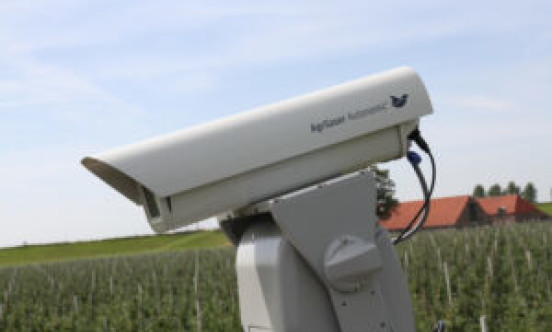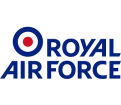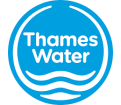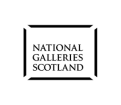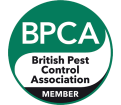
Call 0333 567 2020 for advice and quotes or contact us online
Roosting birds at United Utilities Water Treatment Works
Gallery
Mixed bird species causing health risks to water quality on site
Oswestry water treatment works is situated on the outskirts of the welsh border town of Oswestry, Shropshire. A large site, it became operational in 1892 and employs a Victorian system of slow sand filtration across 23 beds. Raw water is gravity fed 18 miles from Lake Vyrnwy Reservoir to the Llanforda Reservoir, where it is temporarily held before beginning the treatment process. Llanforda Reservoir is situated just above the water treatment plant.
The client contacted NBC as the site was accommodating night roosting gulls of mixed species. Guano, feather moult and food scraps, posed a significant health risk to the water quality on site and could subsequently lead to DWI inspection failure.
Project overview
NBC initially proposed a survey to establish bird species, numbers and behaviours. Ornithological data was recorded over the course of 24 hours including: dawn survey – 4:30am through 8:30am; midday survey – 10am through 2pm; dusk survey – 6pm through 10pm.
This survey established that peak activity was around dusk and throughout the night until dawn – come morning the birds would leave site, presumably to feed, and then return at dusk. It was this data, gathered from one of our qualified bird specialists, that gave us insight into the colony’s behaviours. This enabled us to formulate the correct solution and recommend a suitable programme.
Our solution
An 8 week trial period was conducted, using Agrilaser technology combined with the use of falcons and hawks. The programme was so successful that the species no longer roost on site overnight and has led to a permanent installation of the Agrilaser system and an annual falconry programme.
